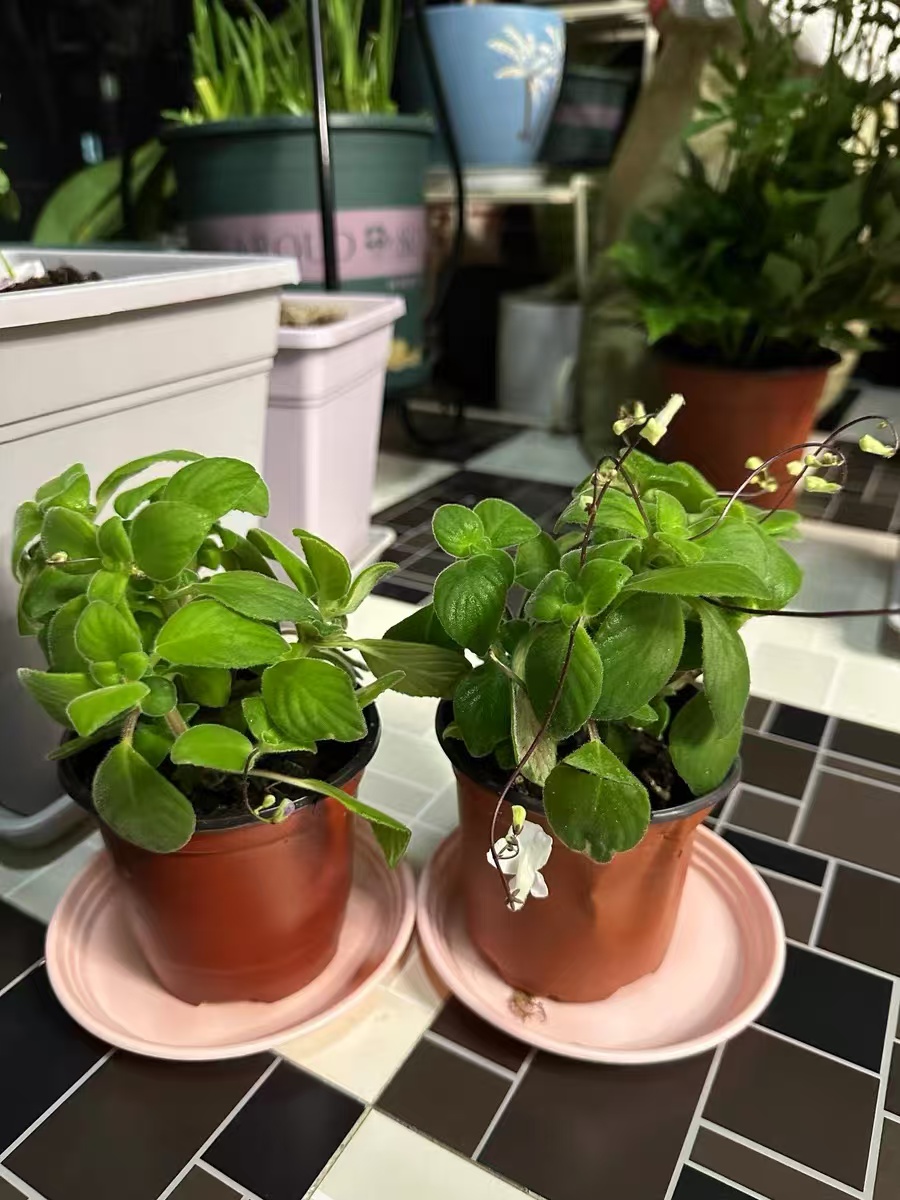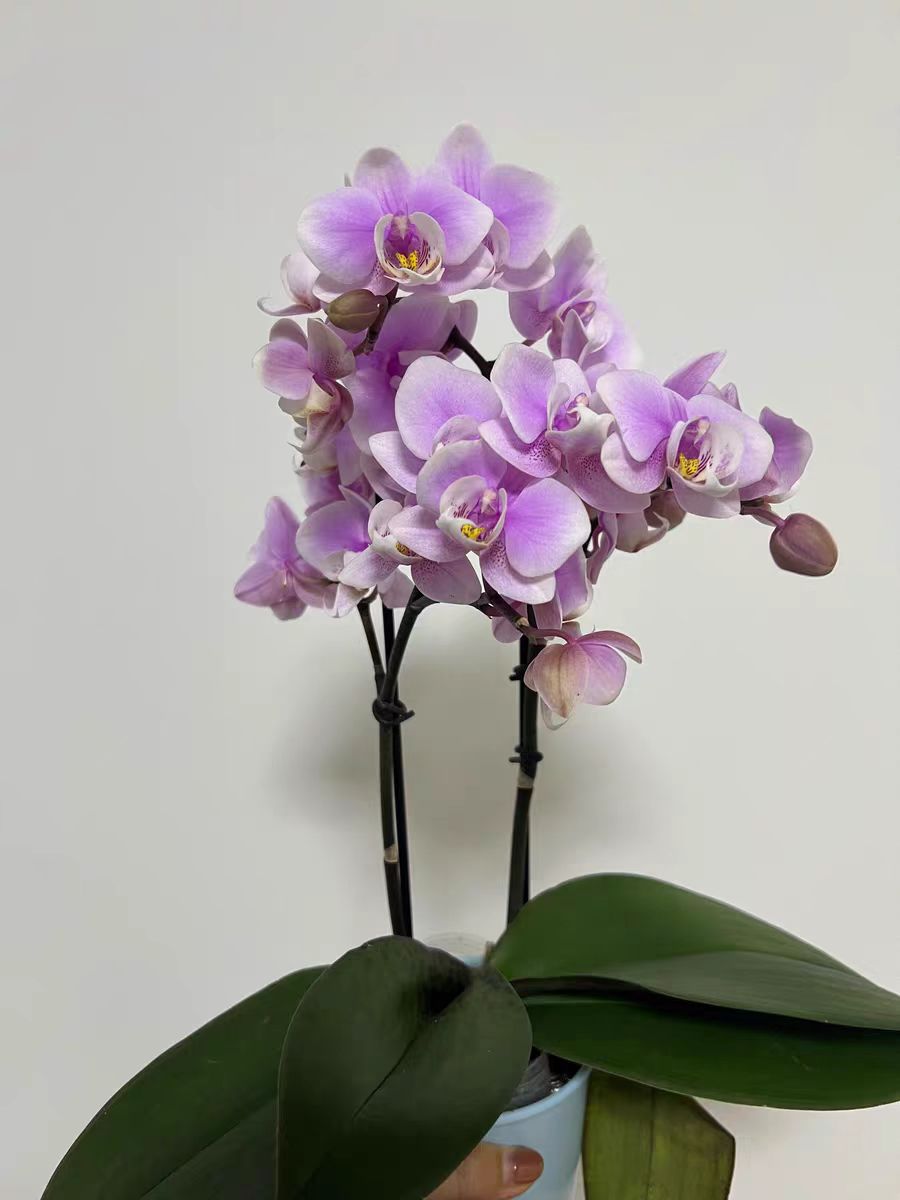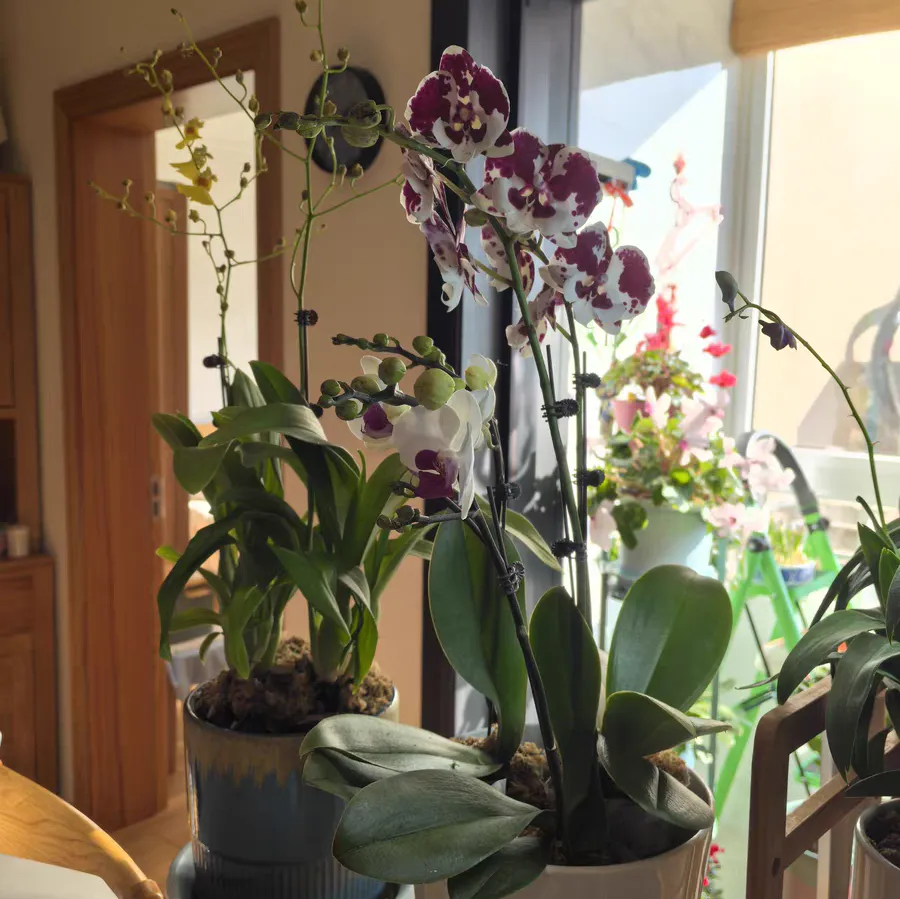For friends who love growing flowers, insufficient indoor light is often a headache. Many beautiful flowers require ample sunlight to thrive and bloom. Fortunately, however, there are some plants that can produce gorgeous flowers even in a semi-shaded environment. This article will introduce several flowering plants suitable for cultivation in a semi-shaded indoor environment.
Begonia
Begonia is a shade-tolerant flowering plant with rich varieties and diverse colors. It not only has beautiful flowers but also many foliage varieties with colorful leaves. As long as the environment is warm, begonias may bloom throughout the year. This kind of flower neither likes overly strong direct sunlight nor a completely dark environment. Therefore, a place with bright, diffused light indoors is an ideal choice for growing begonias. In spring and autumn, since the sunlight is relatively soft, the illumination time can be appropriately increased, which is beneficial to the growth and blooming of begonias. In summer, it is necessary to provide timely shading to avoid the leaves from being burned. In addition, maintaining a relatively high air humidity and proper ventilation are also crucial for growing begonias.
Aeschynanthus radicans
Aeschynanthus radicans is a very unique flowering plant, named for its ability to produce charming tubular flowers. This plant likes a semi-shaded environment and also requires a certain amount of sunlight. In summer, it needs appropriate shading to avoid sunburn, while in spring, autumn, and winter, it can receive full sunlight to ensure that the plant can fully carry out photosynthesis. Insufficient light will cause the leaves to turn yellow and the branches to become thin and weak, affecting the appearance. The suitable growth temperature for Aeschynanthus radicans is 15 - 25 °C. It needs to be cultivated indoors in winter to avoid the leaves from being frostbitten. In addition, maintaining good drainage of the soil and appropriate air humidity are also key to growing Aeschynanthus radicans.
Saintpaulia
Saintpaulia, also known as African violet, is a very popular indoor flowering plant. Its flower colors are elegant and beautiful, and its flower shape is unique, with various colors such as purple, red, pink, yellow, and white. Saintpaulia prefers a semi-shaded and diffused light environment and is afraid of direct sunlight. Therefore, it is more appropriate to place them near diffused light indoors, such as near the balcony or window sill. This plant has a tenacious vitality and strong adaptability to the environment. As long as it is given reasonable illumination, appropriate watering, and fertilization, it can bloom throughout the year. However, it should be noted that Saintpaulia is afraid of hot and humid conditions and is not cold-tolerant. In summer, attention should be paid to shading and ventilation, and in winter, it needs to be moved back indoors for cultivation.
Dolphin flower
The dolphin flower is a perennial evergreen herbaceous flower with good shade tolerance, originally from Tanzania, Africa. Its flowers are beautiful and its leaves are emerald green, and it is deeply loved by flower lovers everywhere. The dolphin flower likes a semi-shaded environment and does not like strong light irradiation. Excessive light will instead cause the leaf color to turn yellow. Therefore, it is more appropriate to place the dolphin flower near diffused light indoors. This plant is robust and hardy. Even if you take a branch and insert it into water, it can take root. Moreover, it has a relatively strong drought tolerance and does not need to be watered frequently. It is okay to water it when the soil is completely dry.
The four plants introduced above are all flowering plants suitable for cultivation in a semi-shaded indoor environment. They are not only beautiful but also relatively easy to cultivate. As long as they are given reasonable illumination, appropriate watering, and fertilization, they can bloom at home.
What are the flowering plants that can grow in a semi-shaded indoor environment?

Share with
Tagged in :




Leave a Reply